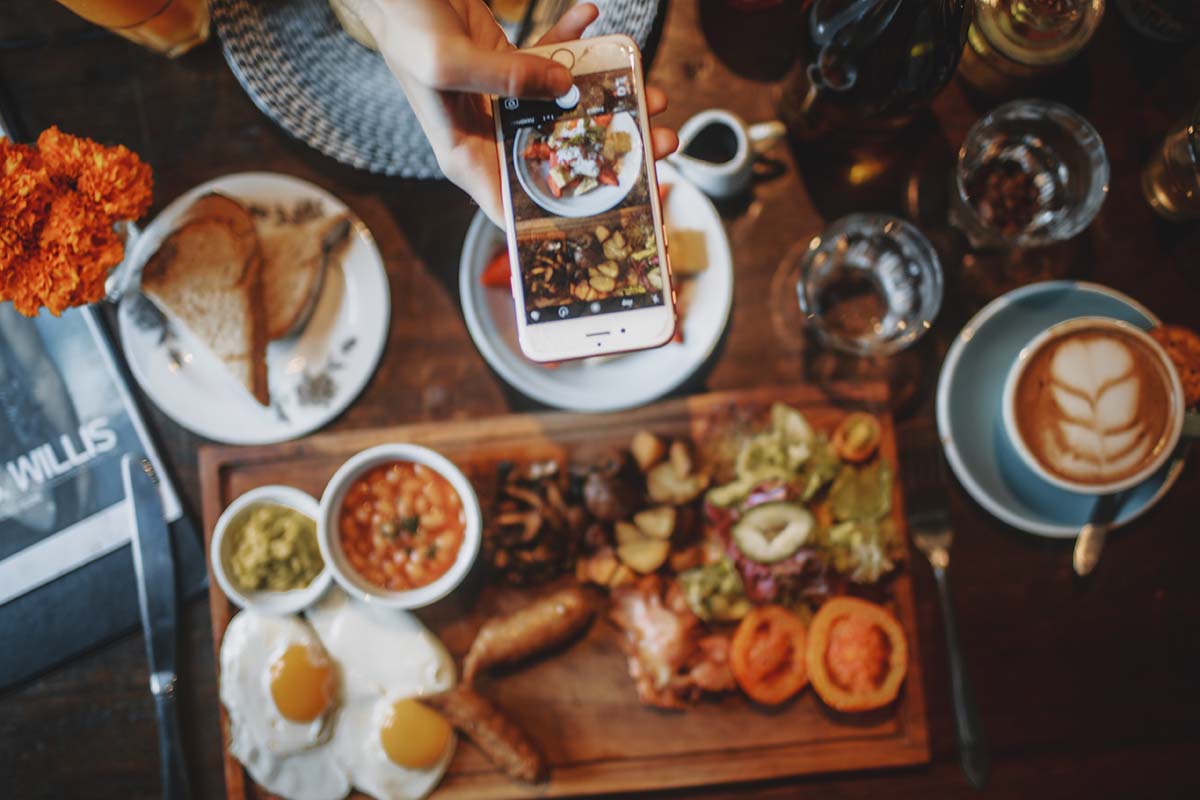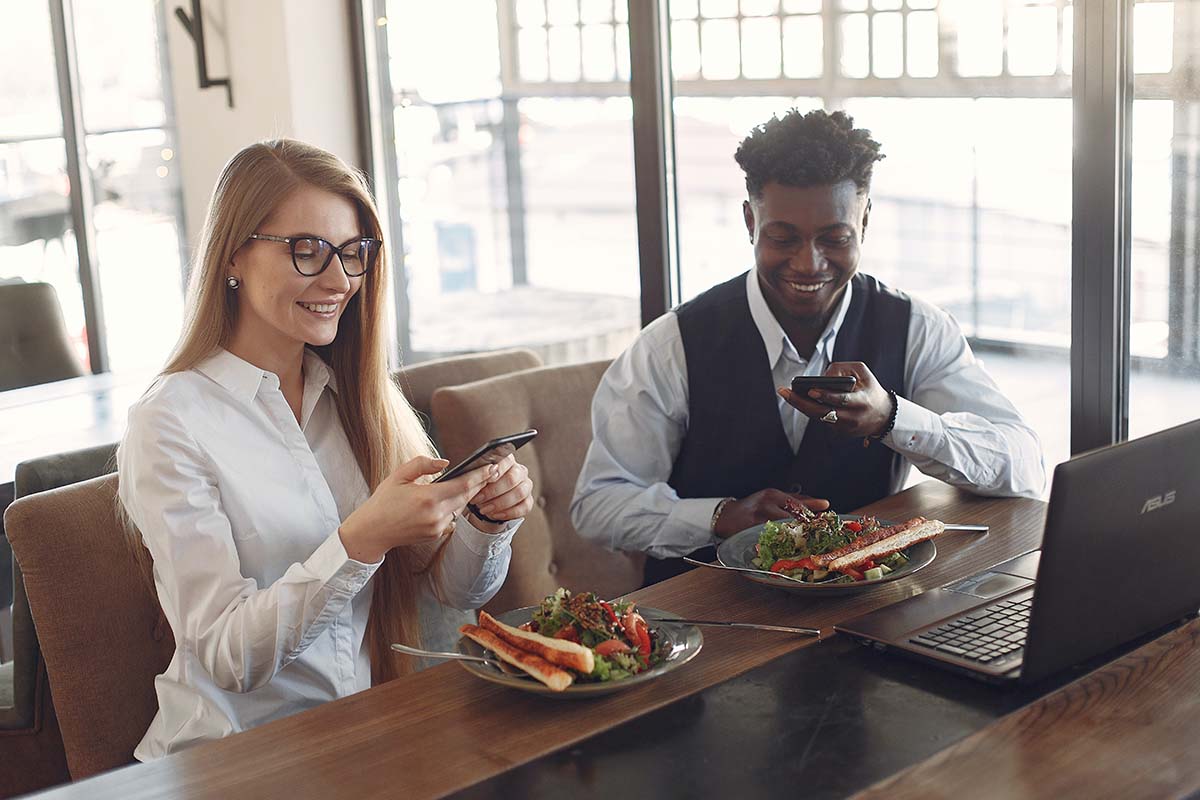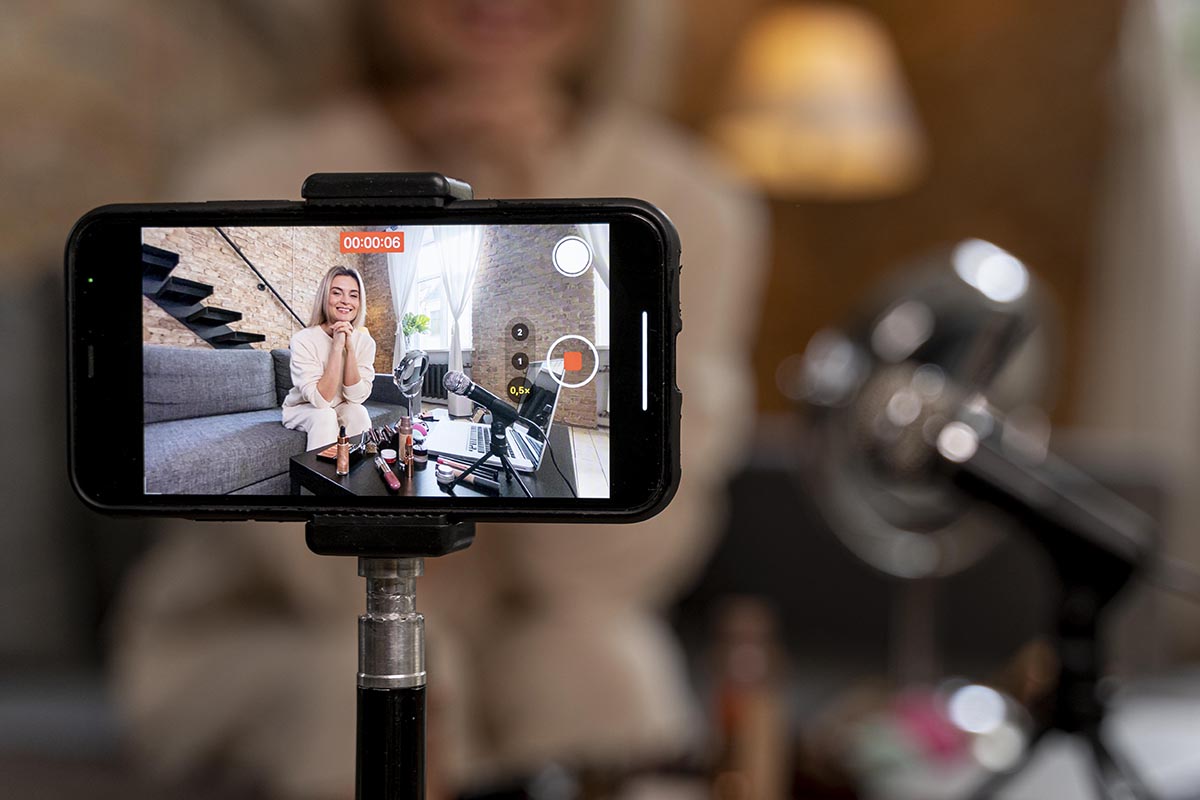A Guide to Social Media Marketing for Your Restaurant
Are you thinking of opening a restaurant? Maybe you already have one, but you’ve got as far as you can go with it without restaurant marketing. Well, we’re here to help. Take a look at our guide to marketing your restaurant online.
User-generated content is your bread and butter
User-generated content is precisely what it says on the tin. It is content made by your users that promotes your restaurant. It’s widespread in the restaurant business, so, to give an example, the girls go out for dinner, their meals arrive, and the first thing they do is take a picture of the food. You’re tagged in their photo, and you suddenly get a free promotion.
Marketers in other industries look to user-generated content from big influencers that tend to feature their streetwear or products. They often have to prompt or even pay but taking a picture at dinner is so common that you can guarantee it’s done.
Each picture is like a good review. Add photos your user uploads, with permission, of course, to your social media profiles to show people you are loved. User-generated content is considered more authentic than big influencers, who come off as disingenuous nowadays and willing to shill anything regardless of merit.
A user isn’t getting paid and has nothing to lose, so if they say they like your restaurant, your followers can be assured that’s the case. You can find more information on online marketing for restaurants here.
Offer a gimmick
Many things could encourage this user-generated content and free marketing, and you don’t have to hit them all. The food is a good start and no doubt the passion behind your work. Make sure it’s presentable, and the hard work is done.
However, the premises might be another way you can expand. People are looking for somewhere new to hang out, so if your restaurant looks cliched, you’re not likely to get a lot of buzz. You might have noticed a lot of trends around “the most Instagramable [insert concept here] in [location]”; that could be you. It means many colorful cafes are popping up, and restaurants and bars are fitting their outdoor venues with better tables and a lot of cherry blossoms.
Browse interior design styles to see if you can apply something new to your restaurant. There are a lot of new types coming out of lockdown, and if you give your restaurant a theme, like art deco for a lounge or barn house for a cozy café, you might stand out.
You’re looking to give users a lovely backdrop for a selfie. Even if the food doesn’t impress them, they’re now paying for a complete experience they can share with their friends and followers.
Try affiliate marketing
If you want to widen your marketing, you can look into affiliate marketing. Affiliate marketing is an affordable way of marketing your restaurant and is very targeted. This means that if you are, for instance, looking for young people to show up to your restaurant, you can target publications around gaming, universities, festivals, etc. If you’re looking just for more people in your area, you can target local online newspapers, blogs, etc.
You are paying to embed a link into a blog post that will direct users to your website, then convince them to come and visit your restaurant if you have set it up well. You can make it easy for them and get off the phone by adding an online booking form as a feature.
Social media marketing for restaurants: stand your ground
Another social media habit affecting your marketing is the user’s need to research the businesses they support. Users are already finding what they want to buy (and where they want to eat) on social media, and platforms like Instagram have even given them the means of purchasing products from the site. Still, they are also researching the brands they plan to buy from via their social media accounts.
Regarding restaurants and food, people have a lot of opinions, mainly regarding health and waste. Reserving the planet means that people are looking for organic food alternatives, vegan options, sustainable practices, and operations (a lack of plastic straws, for example).
And then there are problems like allergies, which come from nuts to milk and gluten in between. If you cannot provide meals for every instance, you can at least provide a critical system on your menu and your website so that people can see if they can eat at your restaurant. People want to know your stance here, so if you are into sustainable practices in your restaurant, let the public know.




















